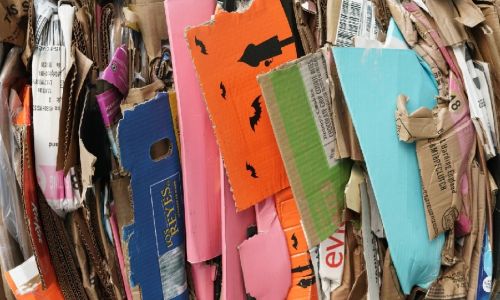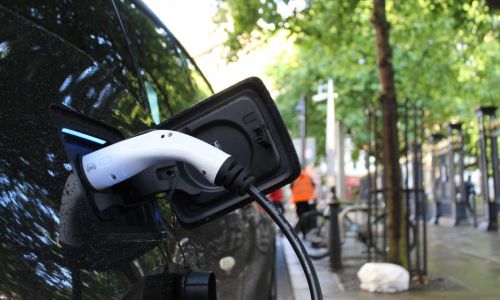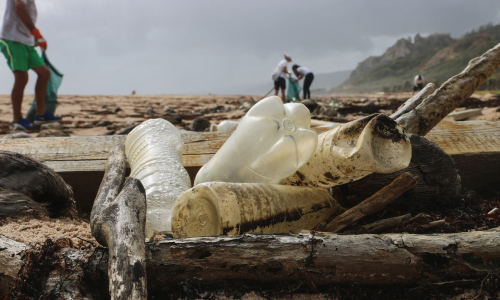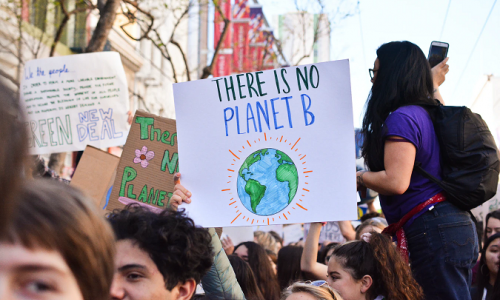How to create a divestment to-do list
I’ve been trying to do my bit for our planet for a while now, but especially over the last year. You might have been too? Things like being more mindful about single use plastic, cutting out unnecessary car journeys and flights, planting trees, buying locally produced food, second hand clothing and less unnecessary stuff, using zero waste shops...etc etc. It’s undeniable that there’s loads we can do (or aim to do) in our day-to-day lives at home and at work.
Beth Steele
In fact, there’s so much we can do, it can feel overwhelming. So I like this meme from Anne-Marie Bonneau (#zerowastechef) that says (paraphrased): change will happen not by a few people being perfect, but when millions of people imperfectly join the cause.
My question is this: Amidst the reusable shopping bags and staycations... have you thought about divestment?
After chatting to economic anthropologist Jason Hickel over dinner in December, I’ve been utterly convinced that not only is divestment from fossil fuels important, it is something that is simple enough for all of us to (imperfectly!) do. I think it is an important way we can decrease our personal environmental footprint and together, the hope is, we can influence big business to move away from oil extraction.
I’m a list maker: I live my life via the medium of to-do lists. So, naturally, I now have a divestment to-do list, which I will share with you. But first: this is what I’ve found out about divestment and why I think it’s so important.
Divestment is the opposite of investment.
So if investment is giving support to something, divestment is withdrawing that support.
When people talk about divesting from fossil fuels they mean either removing their own personal money away from banks, pensions and other investments that are funding fossil fuel companies, or campaigning for institutions and organisations to remove their money away from banks, pensions and other investments that are funding fossil fuel companies.
My own addition, and I admit this may be stretching the official definition, is to go a step further and include withdrawing direct personal support to fossil fuel companies via the money paid for electricity and the fuel bought for transportation.
Here are some great resources if you’d like to find out more about divestment:
A complete guide to divesting your money (ethical.net)
A beginner's guide to fossil fuel divestment (The Guardian)
What is fossil fuel divestment (gofossilfree.org)
My Divestment To-do list
- Energy company: Switch to 100% renewable electricity company, or see if my current provider offers a 100% renewable tariff.
- Banking: Switch current account, savings and credit card to a bank that isn’t supporting the fossil fuel industry. The Ethical Consumer rank the banks and building societies based on their ethics and provide useful online guides.
Here’s a simple, short and cute animation designed to persuade people to consider ethics when they choose a bank.
- Pension and investments: ask to be switched to sustainable funds, and if they don’t exist make a noise about it.
- Car: Consider the budget and logistics of trading in an internal combustion engine for an EV (electric vehicle).
- Campaign for divestment: Contact institutions/societies you are linked to and ask them to divest their finances. I’ve found a useful interactive guide here that helps you to set up a divestment campaign.
Maybe you’d like to join me and put divestment on your to-do list too?
Thanks for reading. You can find out how I get on with ticking off my list in part 2... coming soon!
Beth Steele
MRCVS
Thinking of creating your own divestment to do list?
Share your success stories, divestment concerns and top tips with your fellow veterinary community



